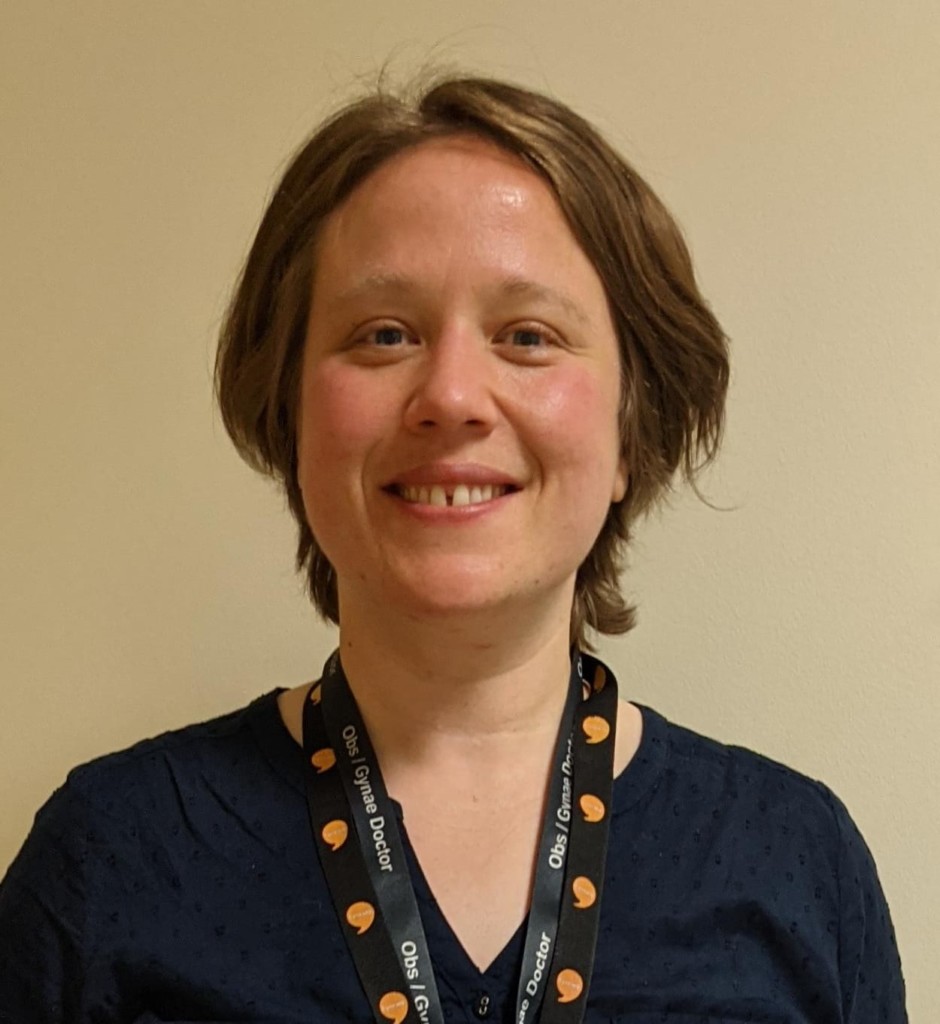Addressing Health Inequalities – Alternative CErvical Screening (ACES): Exploring opinions among the LGBTQIA+ community
Cervical screening (‘smear test’) is offered to all women and people with a cervix aged 25 to 64. During the screening appointment, a small sample of cells is taken and checked for certain types of human papillomavirus (HPV), which can cause changes to the cells of the cervix.
Addressing Health Inequalities Case Study - Alternative Cervical Screening & the LGBTQIA+ community
Watch the video version of this case study
HPV is a common virus, responsible for up to 99 per cent of cervical cancer cases worldwide. There are 3,200 cases of cervical cancer in the UK every year, and mortality is almost always preventable with regular cervical screening.
Just over two in three individuals attend cervical screening, and some reasons for not attending include the intimacy of the examination and the use of a speculum, which can be uncomfortable.
The project:
Researchers within Manchester BRC’s Cancer Prevention and Early Detection Theme are undertaking ground-breaking research exploring the possibility of a urine test as an alternative to the ‘smear’ – the Alternative CErvical Screening (ACES) study.
As a means of exploring ways to address health inequalities, the ACES team is carrying out further research to explore knowledge, uncover barriers to screening, and attitudes towards current and alternative screening strategies.
Researchers reached out to the LGBTQIA+ community via Twitter and LGBTQIA+ community partners, calling for people to join their User Involvement Group. An online session was then held in September 2021, during which members discussed barriers, experiences with healthcare professionals and knowledge of cervical screening.
Findings and next steps:
Insights from the group, which comprised lesbian and bisexual women, transgender men and non-binary people, included: trans individuals not receiving a cervical screening invite, the use of gendered language as part of a screening appointment and the daunting examination.
Following this, researchers and group members co-designed an online survey, which ran throughout January and February 2022. More than 500 people responded, with 200+ responses from people within the transgender community. Results are currently being analysed.
Researchers are now planning an in-person event to share the results of this survey with key stakeholders and, importantly, find ways to make screening as acceptable and accessible as possible.
A researcher perspective:

“As a team, we feel passionately about eliminating healthcare inequalities and with this project, we wanted to give the LGBTQIA+ community a voice to shape the future of cervical screening.
“We hope this project can help increase the number of people who attend cervical screening and ultimately reduce the number of those developing cervical cancer.”
Dr Jen Davies-Oliveira
Clinical Research Fellow in Gynaecology Oncology and Study Principal Investigator
Saint Mary’s Hospital (Manchester University NHS Foundation Trust) and The University of Manchester
A participant perspective:
“Being involved in the user group has shown me the inequalities that the LGBTQIA+ community face when it comes to cervical screening. “With all the work going on I hope that these inequalities become less and that more barriers are broken down to allow more access to cervical screening within the community.
Anonymous
User Involvement group member